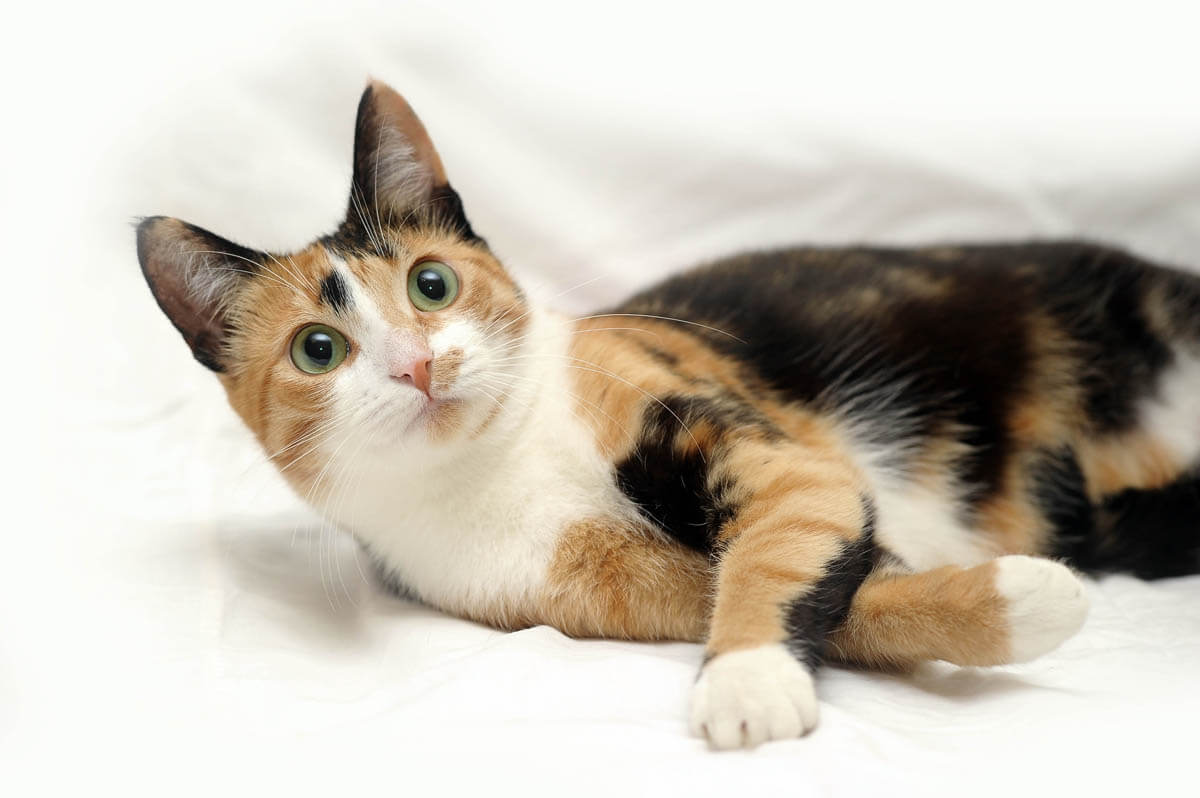Eleven signs a cat is happy at a glance
- Eating
- Purring
- Headbutting
- Positive body language
- Talking and chirping
- Playful behaviour
- Kneading
- Slow blink
- Bringing you gifts
- Using the litter box
- Seeks out physical contact
Our cats can’t tell us if they’re happy or not, but they do show us in many ways. We often focus on cats when things go wrong, but how do we know that things are right and the cat is happy?
Healthy appetite

A healthy appetite can be a barometer for the overall health of the cat, along with its weight. Cats can lose their appetite for several reasons, most commonly associated with nausea or pain.
In some cases, the appetite can increase due to underlying medical conditions such as hyperthyroidism, Cushing’s syndrome, diabetes and acromegaly. If you notice any changes to your cat’s appetite, speak to your veterinarian.
Playful
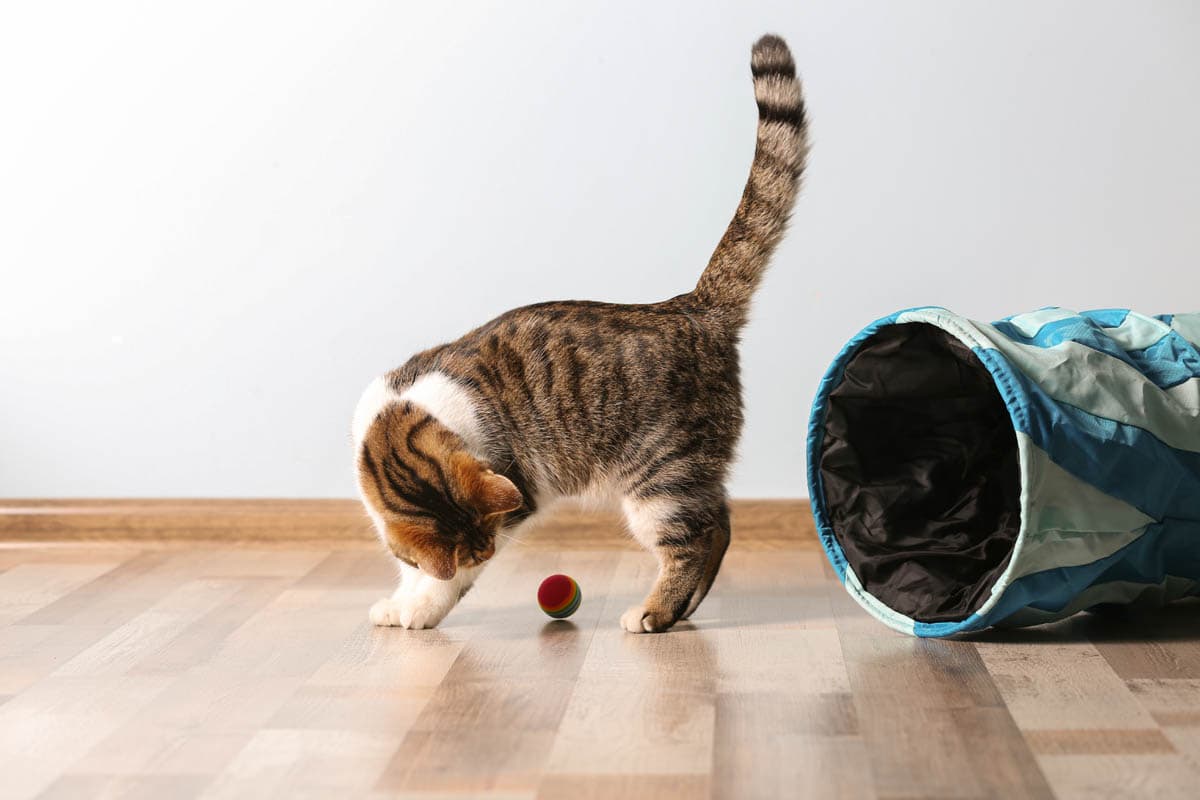
Cats play well into adulthood, which combines physical exercise with mental stimulation. Scheduling 10-15 minutes of play a day can stave off boredom and keep the cat at a healthy weight.
Play can also be an effective tool to help a shy and scared cat open up.
Kneading
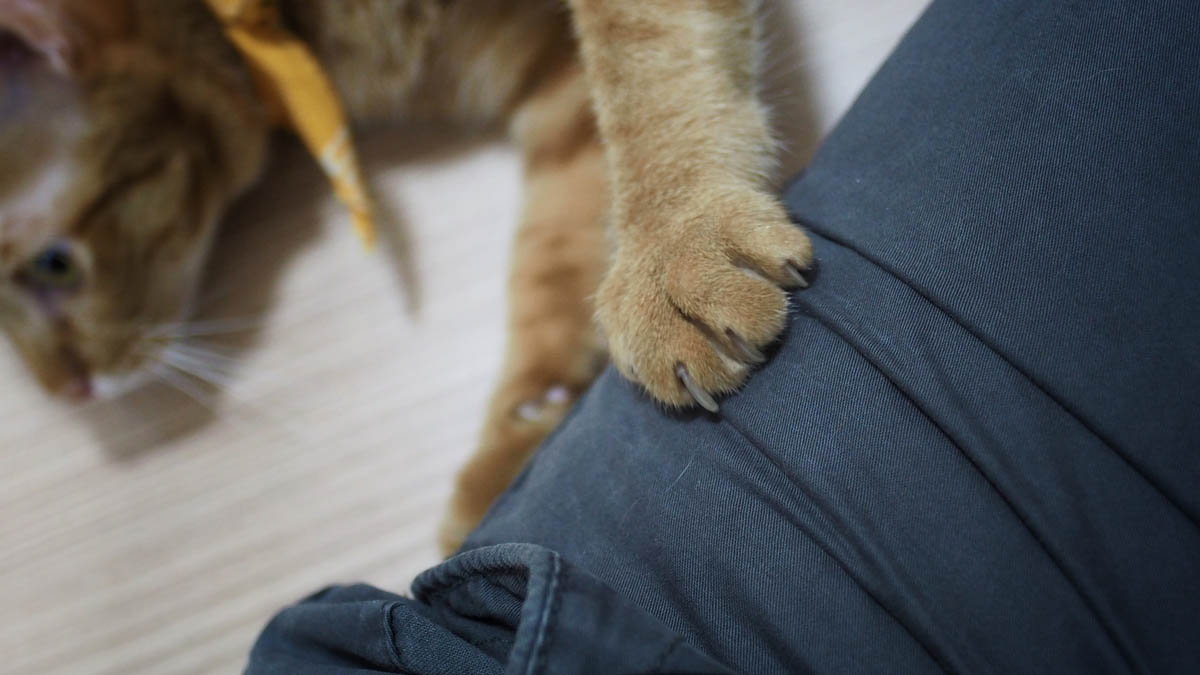
Kneading is a throwback to kittenhood when nursing kittens knead their mother’s belly to show they are happy. Some adult cats retain this behaviour and knead on their human or a blanket when they are happy. Kneading is sometimes accompanied by drooling.
Purring
The mechanism of purring is still poorly understood, but it is the most commonly recognised sign of a happy cat. Purring can be as loud as a Mack truck or barely perceivable.
While purring is a sign that a cat is happy, cats will also purr when they are in pain and can even occur while cats die. It is thought that purring helps to calm the cat.
Talking and chirping

Every cat is different when it comes to talking; some will vocalise all day; others are quiet. Every cat owner knows that the cat’s meow has different meanings and must be taken into context. Cats meow when they want dinner, are scared (our cat howls when it’s windy), want to be let in or out, and a general ‘hello, nice to see you when you come home from work.
Some cats will also chirp to their human family, which sounds like a ‘brrruppp‘. While meowing can have many meanings, a chirp (or a trill) is a friendly greeting used by some cats. We fostered a calico domestic shorthair (who ended up staying) called Melody, and she is a chirper. We didn’t name her ourselves, but I am sure she was given this name because of her friendly vocalisations. She doesn’t use it on the other cats, just around her humans.
If you have a cat who suddenly starts vocalising more, it may be a sign of heat (in entire female cats), stress, anxiety, pain or a neurological disturbance and the cat should be evaluated by a veterinarian.
Open and positive body language

A happy cat will greet you with an upright tail that is slightly relaxed and bent at the tip, forward-facing ears and relaxed whiskers. They will make eye contact with you.
Their resting and sleeping positions can give a lot away too. A relaxed cat may assume the bread loaf position, with all four limbs under the body, or sleep on his back exposing the vulnerable belly.
Using the litter box

Cats can refuse the litter tray for any number of reasons which include medical issues, stress, anxiety, inter-cat issues or the cat is unhappy with the litter tray itself (position, cleanliness, size).
Slow blink
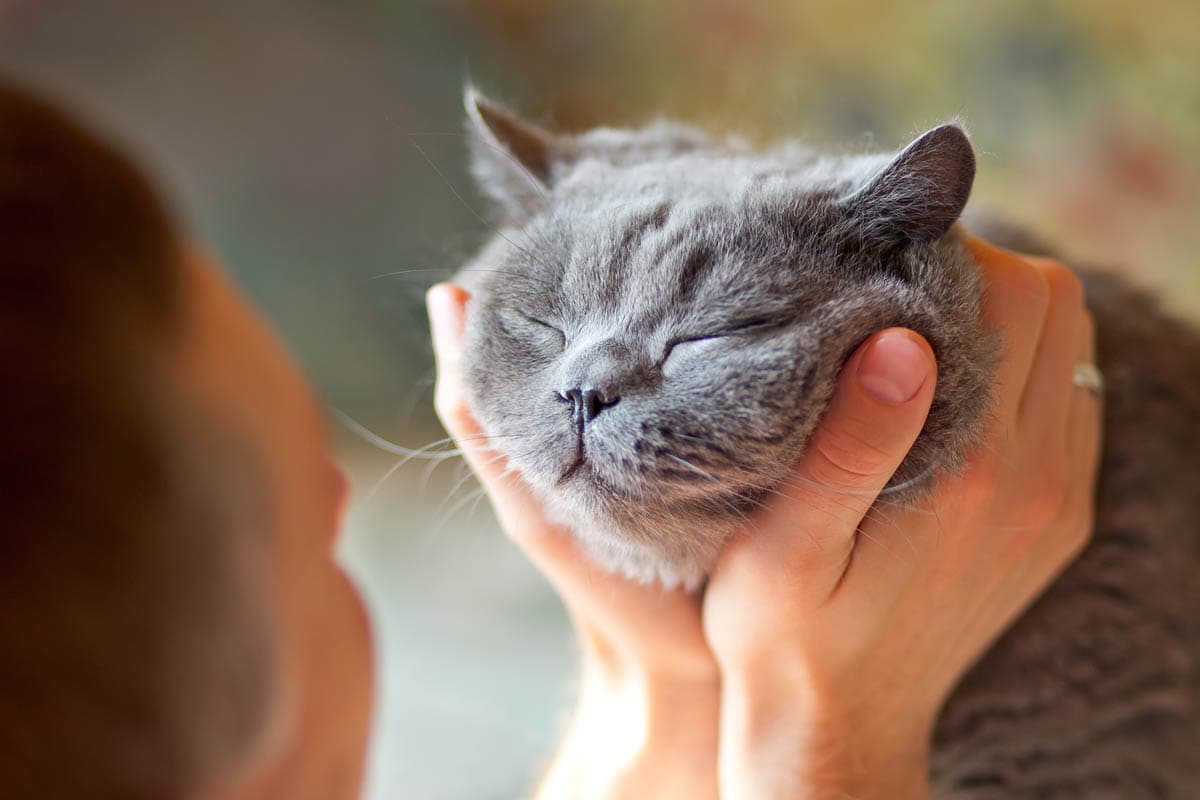
Cats typically avoid direct eye contact, which is seen as assertive or threatening. When a cat slow-blinks at you, they are telling you they are happy and relaxed around you. It is the ultimate sign of trust.
Headbutting
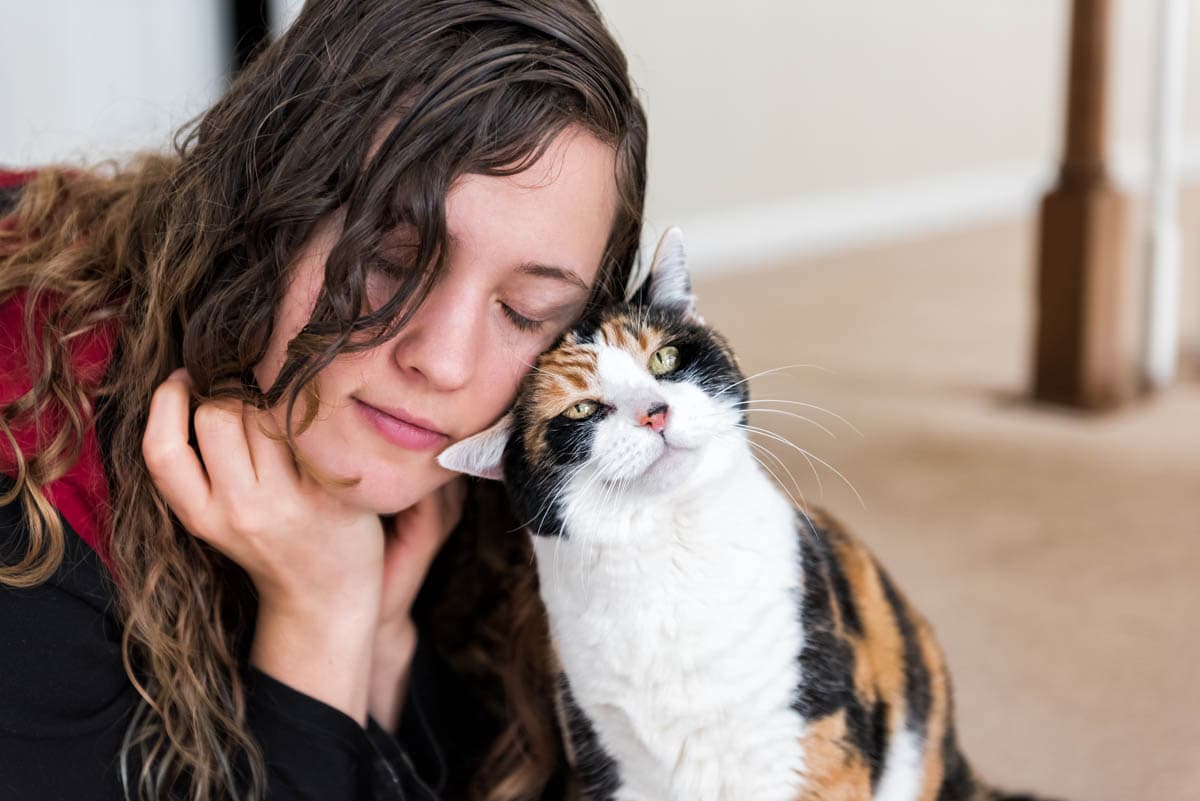
Cats who feel happy and comfortable can show their feelings by rubbing their head against you, this is known as bunting. The headbutt transfers the cat’s feel-good pheromones which are located on the cheeks, chin and forehead onto for bonding, social, and friendly purposes.
Bringing you gifts
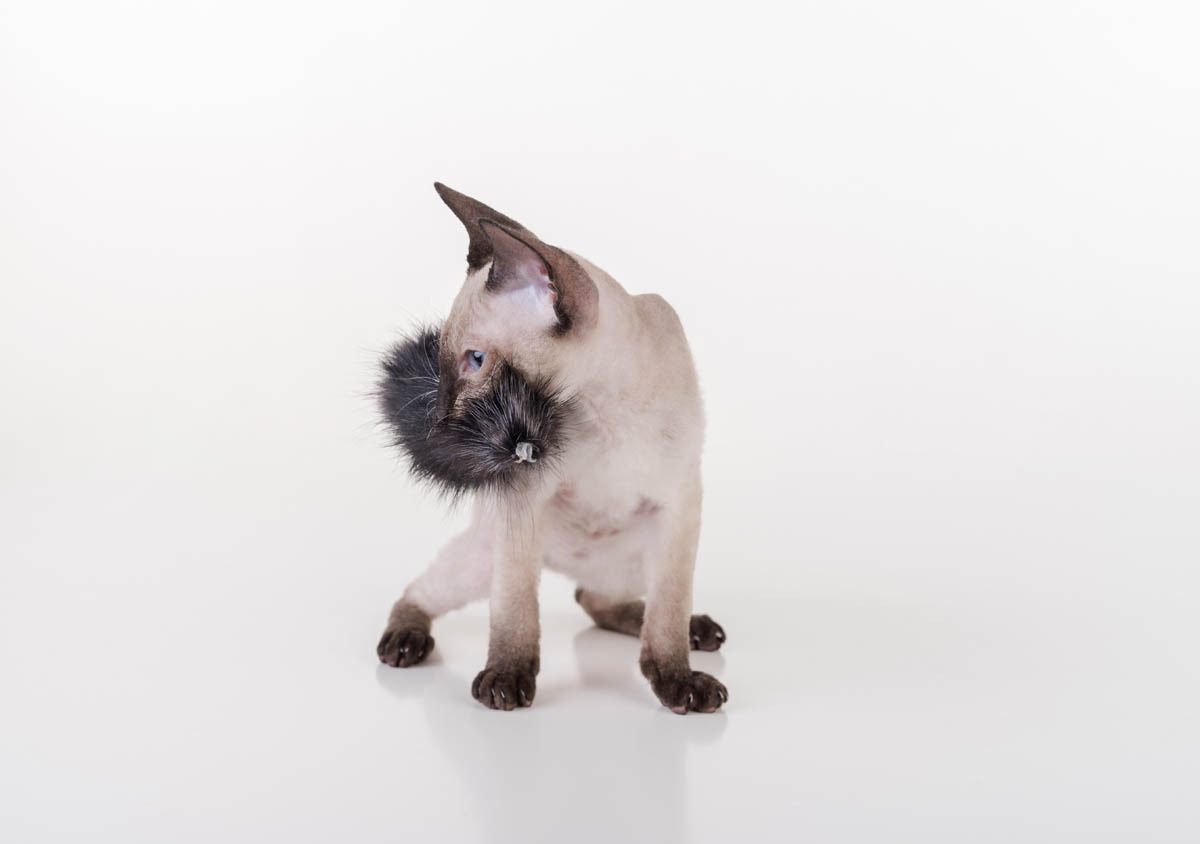
We covered this in a recent article, cats who bring maimed or dead animals to the doorstep or inside the home are bringing you a gift. While we don’t relish that dead rat, take it as a compliment.
Seeks physical contact
Not all cats are lap cats, and that doesn’t mean they are unhappy. Melody (above) is the friendliest of our four cats but has never sat on our laps. She sits behind us and headbutts the back of our heads, rubs her chin on my computer and sits or stands next to me soliciting strokes and chin rubs.
Cats who are close often sleep together or some cats like to sleep on top of, or near their human family. Every cat is different in how he or she seeks attention if any at all. A cat who approaches you for a warm lap or a chink stroke is showing they are happy and confident around you.
